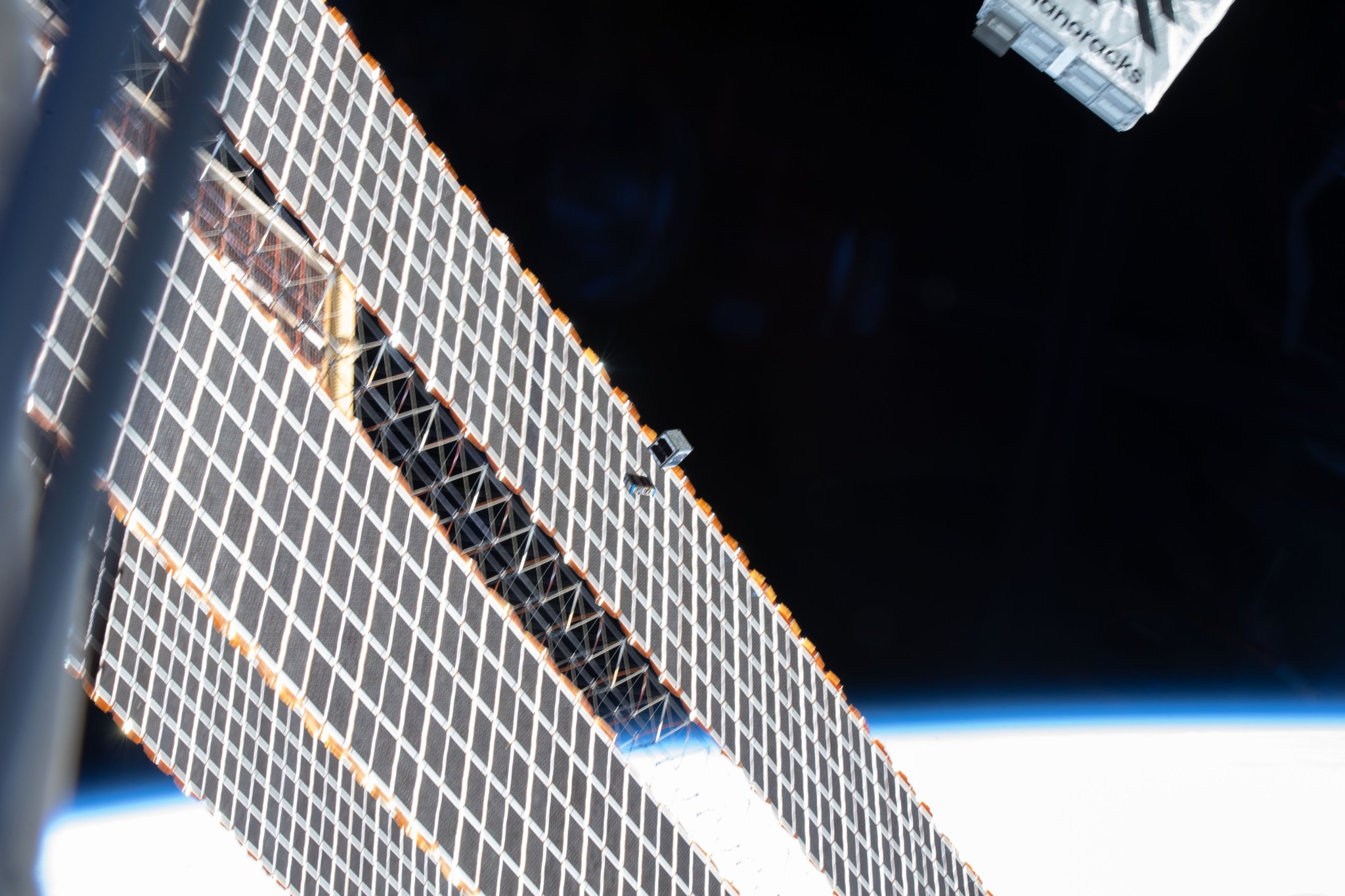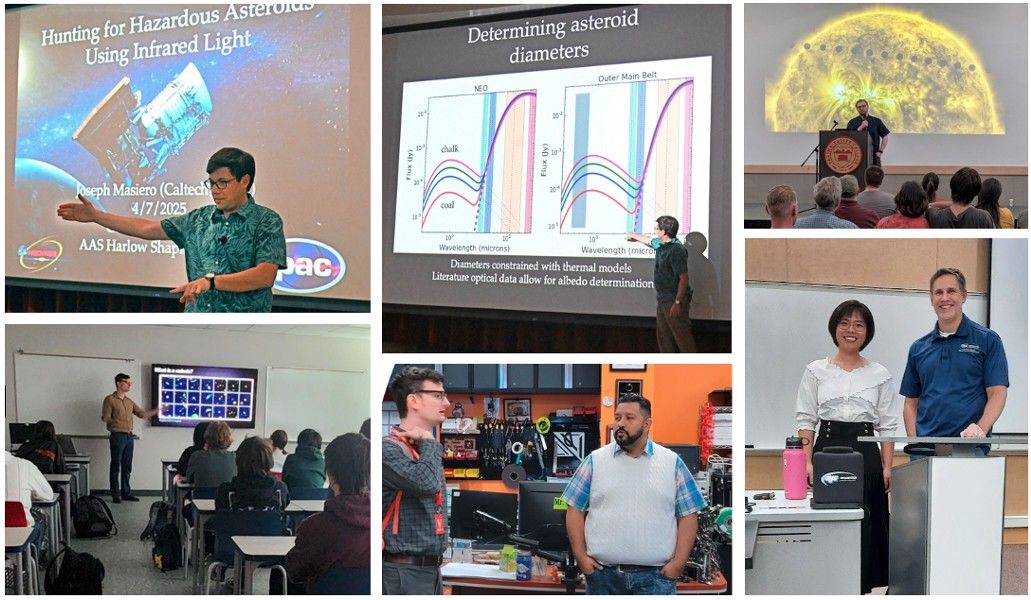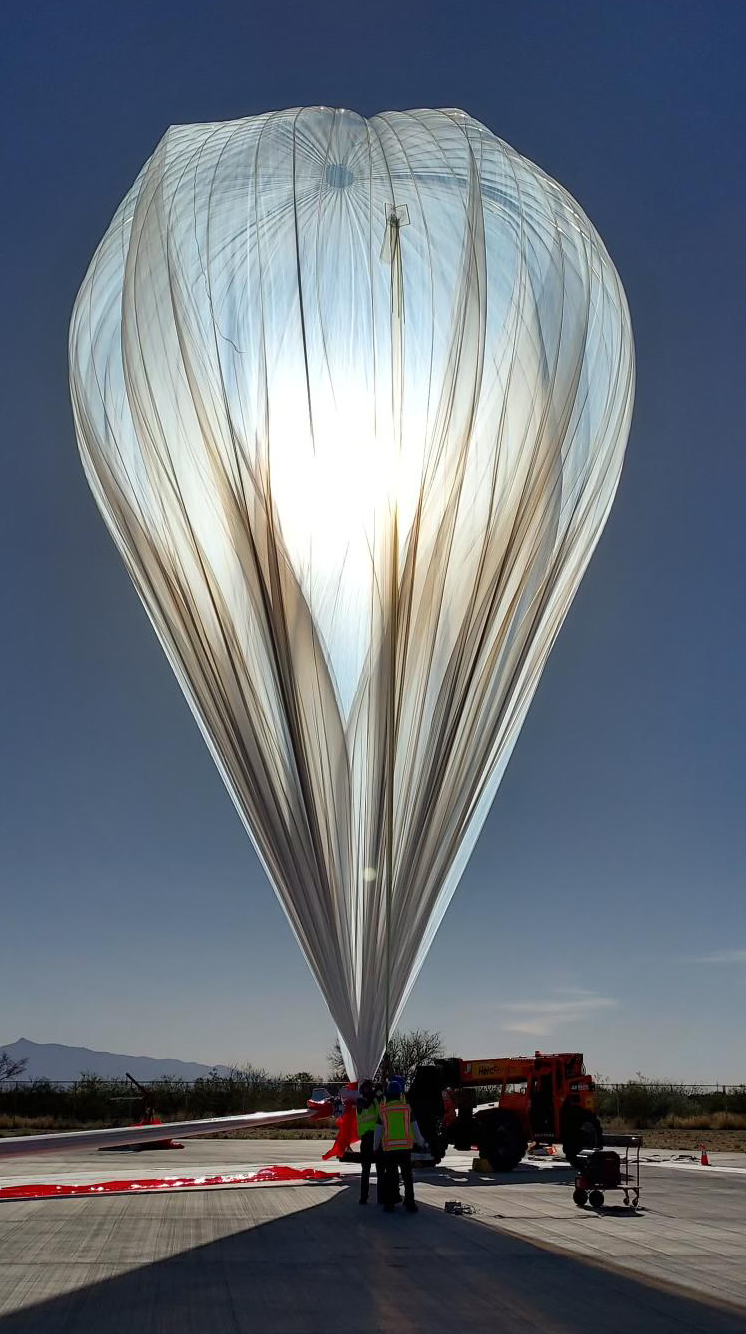Two Utah universities, members of the state’s NASA Space Grant Consortium, are helping advance space exploration, one by studying how iron can be made from the Moon’s dust and the other by showing how small satellites can be built more affordably.
A team from Utah State University in Logan, Utah proved that CubeSat projects can be made more affordable while also giving undergraduate students real experience with NASA missions.
The team was one of the first made up of undergraduate students to build a CubeSat launched from the International Space Station. The Get Away Special Passive Attitude Control Satellite (GASPACS) CubeSat had 117 active flight days and within 18 hours of deployment, the first image was received by the ground team, accomplishing the main objective of the mission. Using relatively inexpensive hardware and easy to learn software, the team was able to draw interest to a wide variety of students.
“On GASPACS, we made the decision to use a Raspberry Pi Zero as our onboard computer and Python for the programming language to help simplify challenges in development. The Raspberry Pi Zero and Python are very accessible, which allowed students of all programming experience to join the team and immediately begin working on GASPACS software, even first-week freshmen!”, Shawn Jones, the software team lead.
Another first for the Utah students was the use of an “AeroBoom” to provide stability to the CubeSat. The design of the inflatable arm proved successful for use of smaller space craft where space can be limited.
Jones now feels ready for what happens after graduation, “Being able to write software for a satellite that went to space was an invaluable experience and the lessons I learned will certainly help me as I transition into industry.”
The second major win for the Utah NASA Space Grant Consortium was being selected as one of The BIG Idea Challenge winners.
The University of Utah in Salt Lake City was selected as one of seven college student teams to develop concepts for metal production on the Moon as part of NASA’s 2023 Breakthrough, Innovative, Game-Changing (BIG) Idea Challenge. The challenge supports efforts to rapidly mature innovative and high-impact capabilities for future missions, while giving college students the chance to design, develop, and demonstrate new technologies. The BIG Idea Challenge is funded by the Game Changing Development program in NASA’s Space Technology Mission Directorate.
The university’s proposal for creating metal out of the Moon’s surface material is called Carbonyl Iron Refining. The process would take the Moon’s fine gray soil, called lunar regolith, and put into a chamber with carbon monoxide, turning it into an iron-rich gas. The gas would go into a second chamber and be reduced to a fine iron powder suitable for manufacturing.
The team will spend the next few months testing its iron producing equipment, studying the characteristics of the iron powder, and looking at how the process could be optimized under lunar conditions.
Space Grant is a national network of colleges and universities. These institutions are working to expand opportunities for Americans to understand and participate in NASA’s aeronautics and space projects by supporting and enhancing science and engineering education, research, and public outreach efforts.
Veronica Wilson
Space Grant Liaison




































